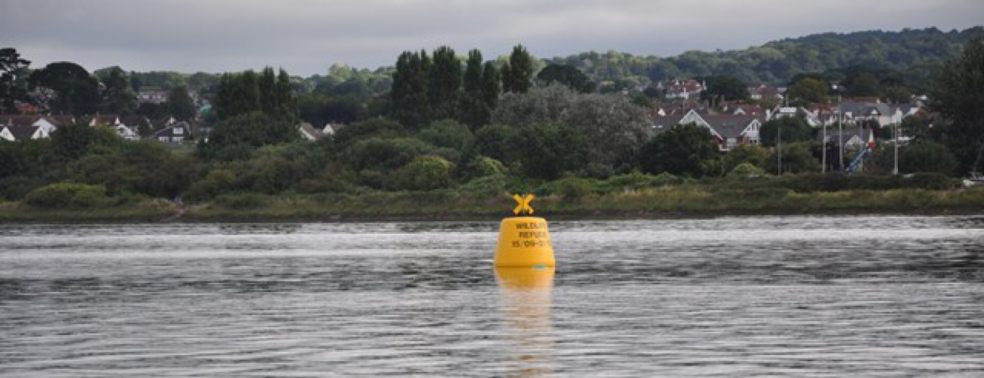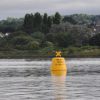
Positive signs for wildlife thanks to Exe estuary refuge areas
The results of bird surveys on the Exe estuary show early indications that wildlife refuges are helping to minimise disturbance
Footprint Ecology have been contracted to carry out surveys over three years at various locations around the Exe estuary. Monitoring bird behaviour and disturbance, these surveysare designed to show the effects of people and their activities on this important wildlife habitat.
In September 2018, two new areas to protect wildlife were carefully selected and introduced at key locations on the Exe estuary. Known as wildlife refuges, the areas protect important bird feeding and resting areas on this vital, environmental conservation site.
The wildlife refuge areas were agreed by a partnership of the three councils surrounding the estuary, known as the South East Devon Habitat Regulations Executive Committee (SEDHREC). The Committee is made up of Cllr Susie Bond (Chair), Deputy Leader and portfolio holder for strategic development at East Devon District Council; Cllr Rachel Sutton, Deputy Leader and portfolio holder for climate and culture at Exeter City Council and Cllr Martin Wrigley, portfolio holder for communities and IT at Teignbridge District Council.
Cllr Susie Bond, Chair of SEDHREC, said:
“I would like to say thank you very much to all the groups and users of the Exe estuary who have supported this initiative. Without their support, it’s unlikely that signs would be so positive. We hope they will continue to help people voluntarily avoid the wildlife refuges.
“A high number of birds, including protected species, have been recorded within the wildlife refuges which shows they are correctly located.
“A few incursions into the wildlife refuges were recorded and these did cause a high level of disturbance. However, it’s very early days and too early to draw solid conclusions about the success of the wildlife refuges.”
People are asked to avoid the wildlife refuge area off Dawlish Warren National Nature Reserve all year round. At Exmouth Local Nature Reserve, the area is set aside for wildlife between 15 September and 31 December.
Monitoring of the wildlife refuges will continue and will be reported annually. It’s just one of a suite of measures designed to protect wildlife on key conservation sites, including new educational signage around the Exe estuary, a programme of education by Habitat Mitigation Officers Sama Euridge and Amelia Davies and a patrol boat.
Additional monitoring is taking place on East Devon’s Pebblebed Heaths to record path erosion and prioritise repairs, protecting important habitat. At Dawlish Warren, 600 flowering plants and a threatened, rare plant called Petalwort are being monitored, along with the impacts of the number of visitors to the reserve. In future, there will be survey work to identify how visitor behaviour affects wildlife at Dawlish Warren, the Exe estuary and the Pebblebed Heaths.
The Exe Estuary Wildlife Refuges 1st Annual Monitoring report can be found on the East Devon website. Hi



















